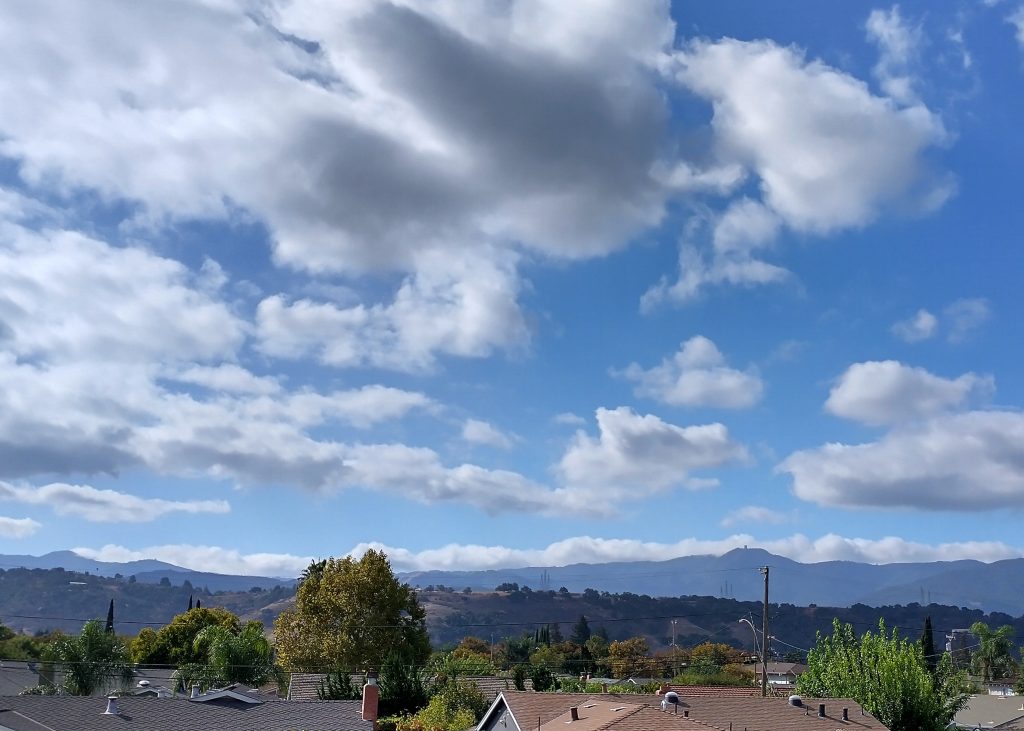
Recently, during many of the online nature and history presentations that I have been attending, I have heard the virtual meetings begin with land acknowledgements. The speaker begins by stating where they are physically at and then acknowledging the land and the native people whose land it is before they begin with the topics of the meeting. I had not heard of these land acknowledgements before this year.
Looking into the practice, I have learned that in several countries this is customary and protocol for the beginning of group meetings such as in Australia. They are also becoming more common in Canada and the US. Some of the ideas behind them include the following. Many native cultures had a custom of formally acknowledging the land and the people of that land that they were visiting before getting on with business or other social events. It is a way to show respect for the native people of the land. Today, the idea also hopes to begin the healing process between the newcomers and the native people. It is considered an early step in the healing process to acknowledge and to see the native people and to recognize they are still here while being honest about the history that got us all to this point.
It is a bit of a philosophical exercise, for me anyway, to imagine invaders taking my people’s land and then to imagine walking around a couple of hundred years later and seeing the descendants of the invaders controlling the land and resources. It is amazing to imagine the pain, sadness, anger, and more that would all be understandable under these circumstances.
I think also about how, if I knew enough about my own ancestry, I would then know about how my own people were native first peoples somewhere else on earth at some point in time. I wonder if we left there as explorers or if we left to escape others taking our ancestral lands.
I also wonder how San Jose would look differently if the Spanish colonialists had not come here with practices of subjugation but with practices and the demeanor of guests to another people’s land and customs. I wonder if they all could have gotten along and mingled as many from different cultures have done when politely meeting others. I wonder what kind of San Jose we would live in if the Tamyen people never had been forced off their land or had active attempts made to erase their culture and replace it with other belief systems, practices, and levels of social status. I can imagine this city looking a bit different and having a Spanishtown and Little Mexico neighborhoods just like we now have a Japantown, Little Portugal, Little Italy, and Little Saigon neighborhoods. And then we would have Tamyen and other Ohlone restaurants and art and monuments throughout. It would be interesting. I wonder what else would look different as we walked about the town.
Such mental exercises can be enlightening. At some point, the imagination has to close that path to get back on with the days tasks and current reality. With that, I have created the following Land Acknowledgement for our 825mph website.
__________________________________
Land Acknowledgement of 825mph.com
825mph.com celebrates the world of the bay area from here in San Jose, the ancestral lands of the Tamyen people. The Tamyen of what is now San Jose are one group of the Ohlone people. The Ohlone are composed of several groups who share related languages and cultures and whose lands stretch from the San Francisco Bay to the Monterey Bay. Today, the surviving people of several Ohlone groups in the bay area, including the Tamyen, are organized as the Muwekma Ohlone Tribe.
We acknowledge that we live and work on this land of the Muwekma Ohlone Tribe. We are grateful to be here and for this opportunity to see and appreciate this space.
